An increasingly popular alternative to cotton, Tencel is making waves among eco-conscious individuals, who speak highly of its transparent supply chain, its sustainable production, its resistance to wrinkles, and the comfort it lends in a variety of climates. For these reasons and more, many people have expressed interest in Tencel — but others remain skeptical, as they do not understand what it is, how it is manufactured, and why so many believe it’s an improvement over cotton. Keep reading to learn more about Tencel and why it’s increasingly becoming the preferred alternative to cotton:
What is Tencel?
Tencel is a branded version of lyocell, a synthetic fiber constructed from reconstituted cellulose. Tencel is manufactured by Lenzing AG, a textile company based in Austria. Just as most people refer to tissues as Kleenex and bandages as Band-Aids, Tencel has become the predominant term for lyocell.
Although Tencel is a synthetic fiber, its origins are natural. The wood used to construct its fibers comes from eucalyptus trees, which are grown on farms. These fibers are then spun into yarn, which is woven to create a soft, durable, and highly breathable fabric. In some products, Tencel is blended with hemp, wool, and other natural fabrics.
Benefits of Tencel
According to Lenzing, Tencel is softer than silk, more absorbent than cotton, and cooler than linen. Additional advantages include eco-friendliness and versatility. A few of the many benefits of this remarkable material are highlighted below:
Sustainable
Sustainability is arguably the most notable benefit of Tencel. The fabric has a closed loop process, in which nearly 100 percent of its non-toxic solvent is recovered. This eco-friendly process has received the European Union’s “European Award for the Environment.” Furthermore, numerous toxicological tests have proven that the solvent used to produce Tencel is harmless. Tencel’s reputation for sustainability can also be tied to its minimal use of water and the renewable nature of the eucalyptus trees used to produce its cellulose material.
Comfortable
Tencel may be sustainable, but that alone is not the sole deciding factor for those who invest in this eco-friendly material. It is also notoriously comfortable. Its natural absorbency and breathability ensure that those who wear Tencel clothing and use Tencel bedding are comfortable, regardless of the climate.
Hygienic
The same moisture management that makes Tencel so comfortable also makes it more hygienic than other materials. Minimal moisture means that there is limited opportunity for bacteria growth.
Skin-Friendly
Certain synthetic fabrics tend to cause unexpected reactions when worn as clothing or used as bedding. Tencel, however, is soft and skin-friendly. Its surface is far smoother than cotton or wool, and thus, less likely to cause skin irritation.
Versatile
Because it is so comfortable and absorbent, Tencel is a versatile fabric that can be used in a wide array of contexts. Most commonly used in clothing, Tencel is also an excellent fabric for sheets, comforters, and duvet covers. The fabric’s applications do not end with clothing and bedding; Tencel is also commonly found in the following products:
- Baby wipes
- Diapers
- Beverage filters
- Upholstery
- Carpet
- Towels
Tencel Versus Conventional Cotton
The differences between Tencel and conventional cotton are numerous. Tencel is technically a synthetic material, but it is created from cellulose fibers, which come from eucalyptus trees. Cotton producers are often criticized for their heavy use of water, but water usage is comparatively minimal for Tencel.
Sustainability is important, of course, but the differences most evident to those who actually use Tencel are the softer feeling of Tencel and its superior resistance to wrinkles. Those who wear Tencel clothing also believe that it is less apt to shrink in the laundry.
Whether you are passionate about eco-friendly bedding or simply eager to use a fabric that does not irritate your sensitive skin, you will love the unique blend of comfort and eco-friendliness that Tencel provides. Keep an eye out for bedding, clothing, and other everyday products that include Tencel.





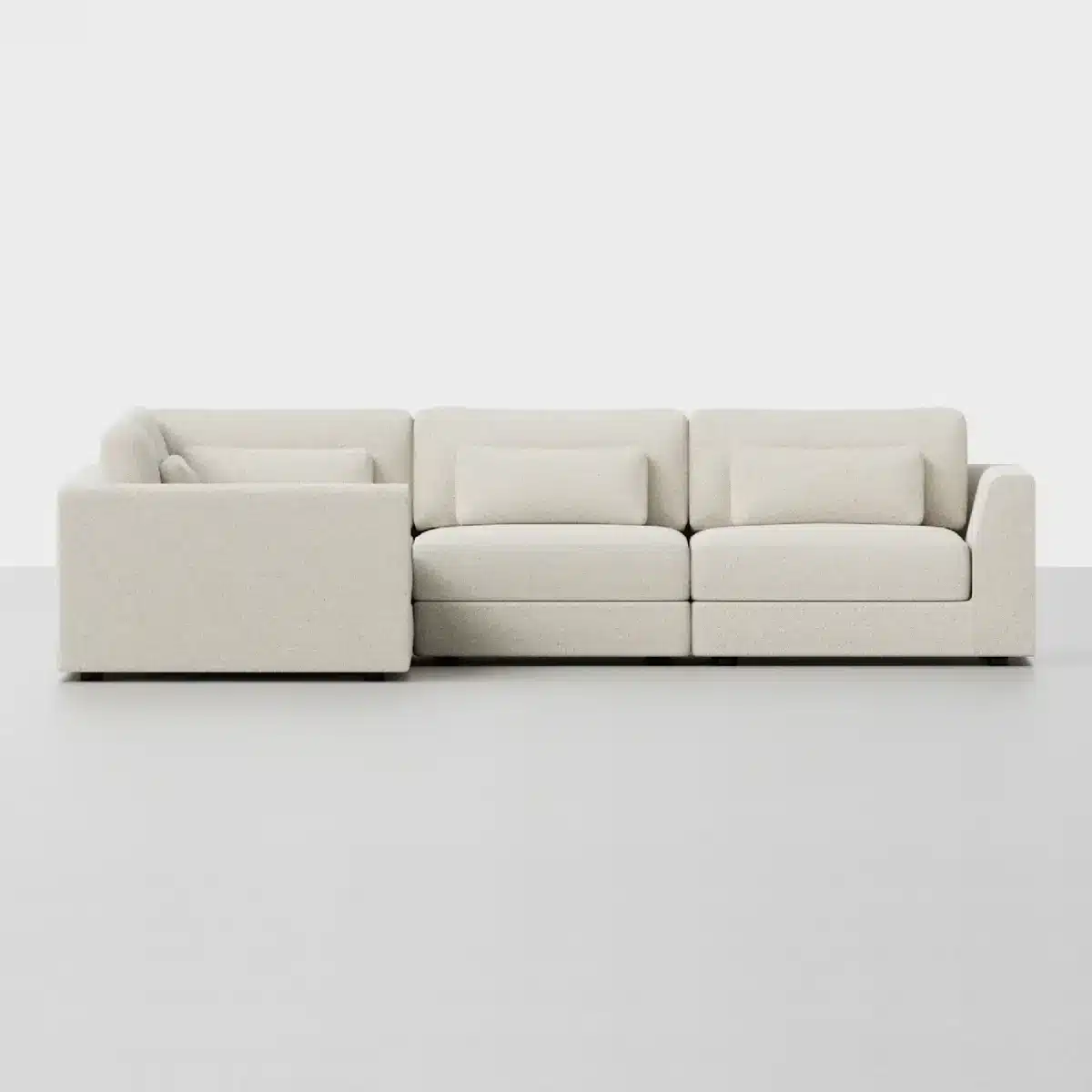
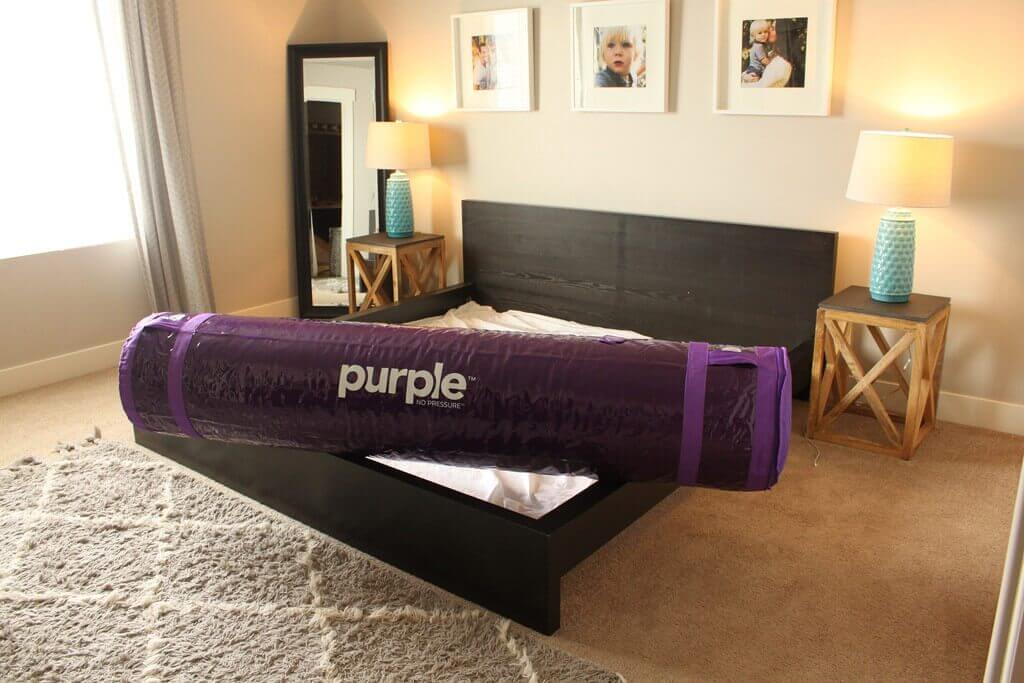

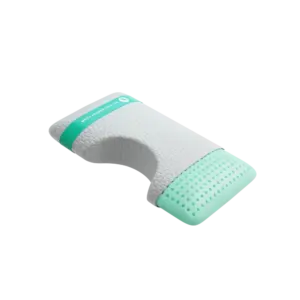

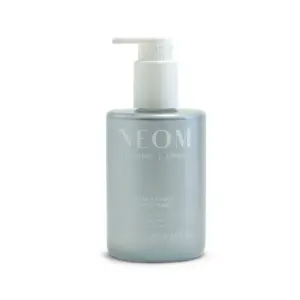


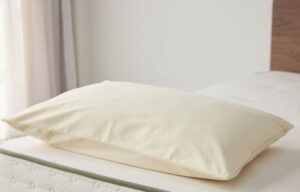
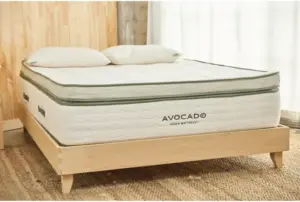

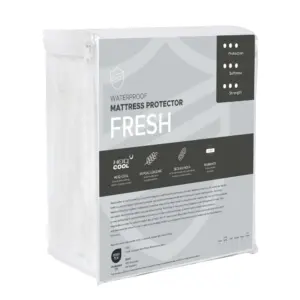
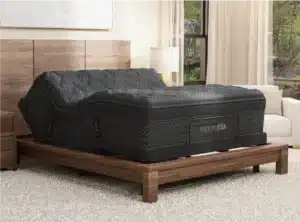
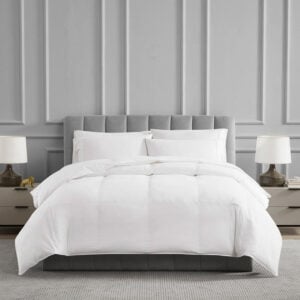
5 thoughts on “What is Tencel? Does it Belong in Your Bedroom?”
Tried Malouf Tencel sheets and still find my 100% Pima Cotton sheets to be softer and cooler. What am I missing? The sheets also wrinkle a lot after following cold wash/low dry.
I tried malouf tencil and initially loved them. But within 6 months the bottom sheet had thinned and was shredding in a spot about as big as my hand. I have read reviews by others with a similar experience. ‘I’d love to find some that are durable, but I ‘m afraid trying again would be a wast of money. Anyone know a brand that won’t fall apart?/
I saw this new brand come out called Eucalypso (eucalypsohome.com), and they have pretty great sheets! My husband ordered a set and we’ve been loving ours – haven’t had an issue yet. I also used to have the Malouf ones (I love my tencel sheets), and these are significantly better.
Do the West Elm Tencel sheets stain easily? Very disappointed in the Malouf set. Although soft, they stain badly.
Question: I bought a pair of Tencel pants but there was no tag on the pants as to how to wash them.. What are the washing instructions for your wearable products?